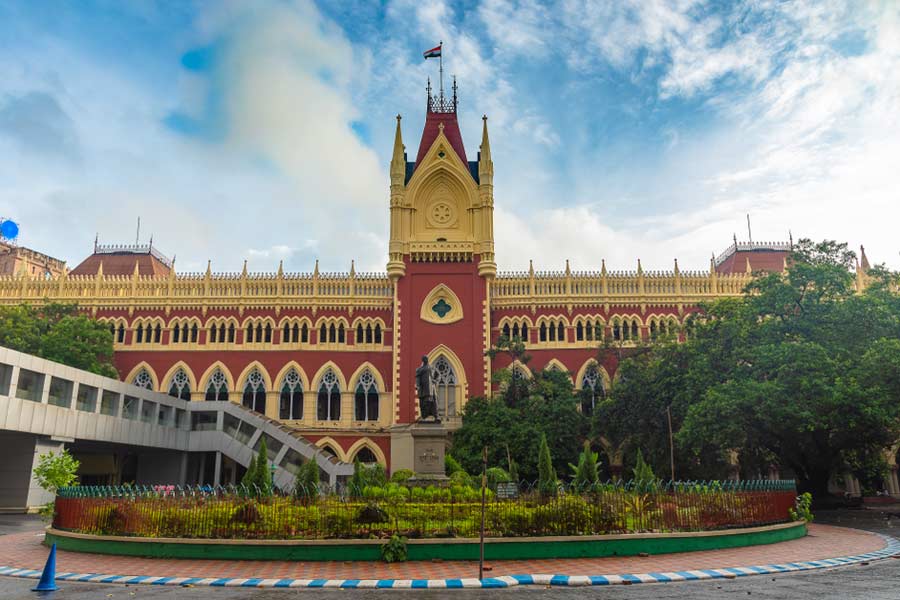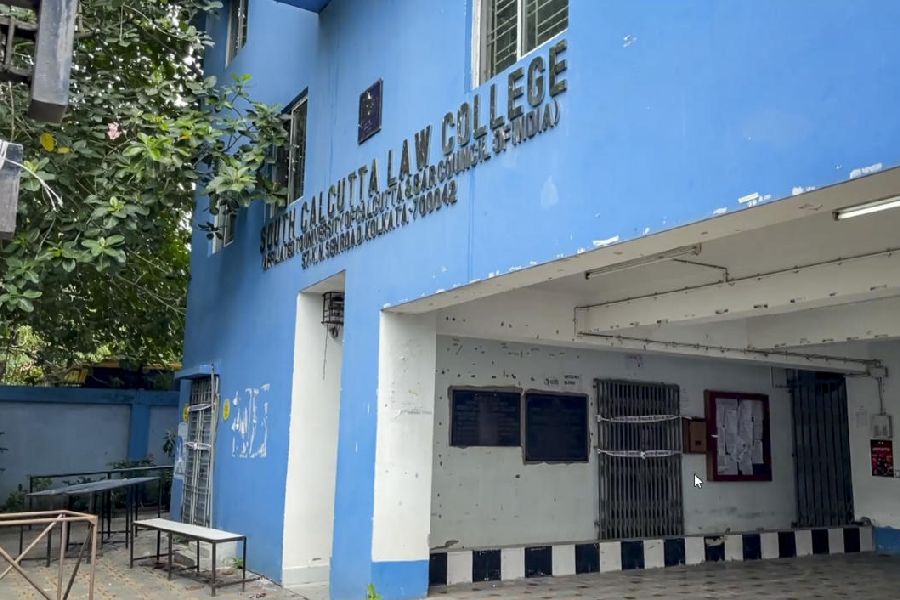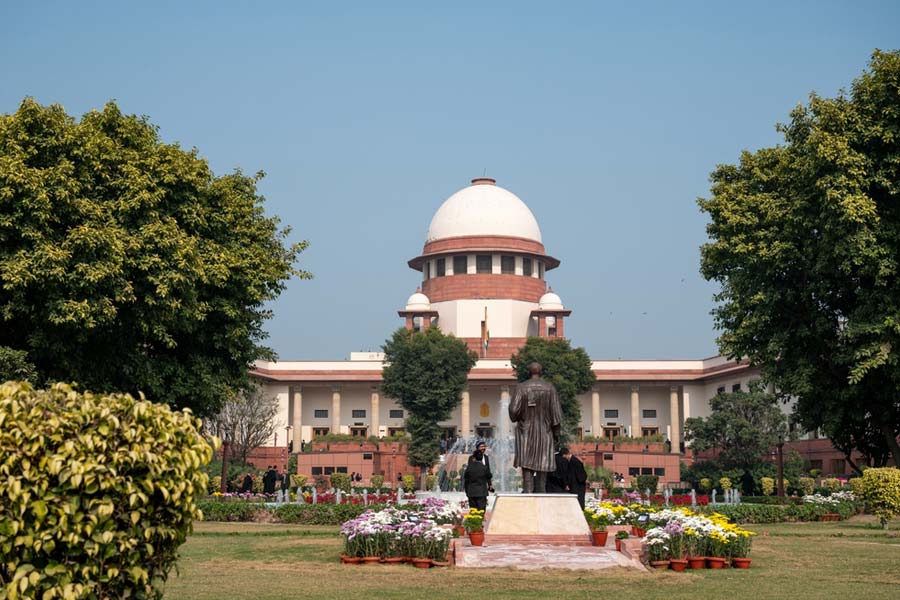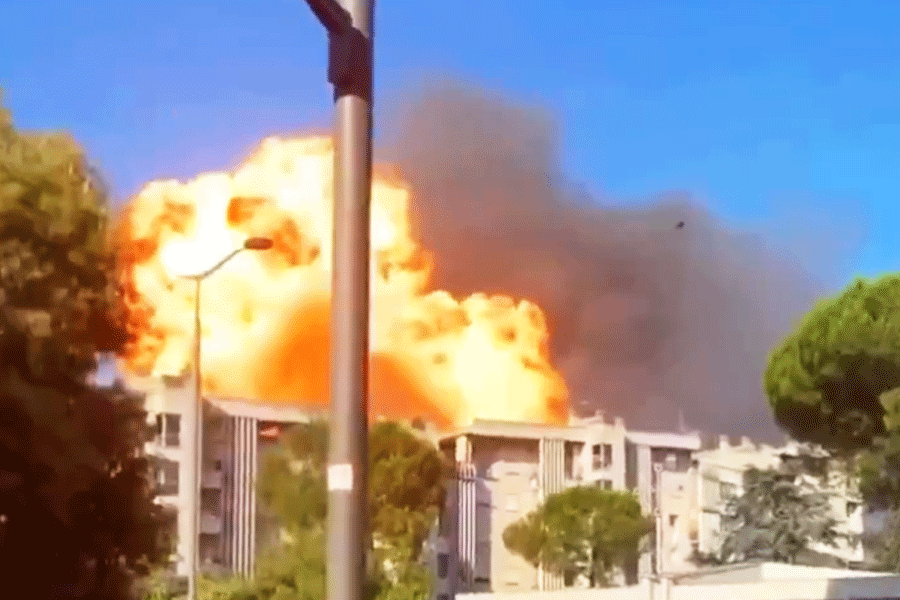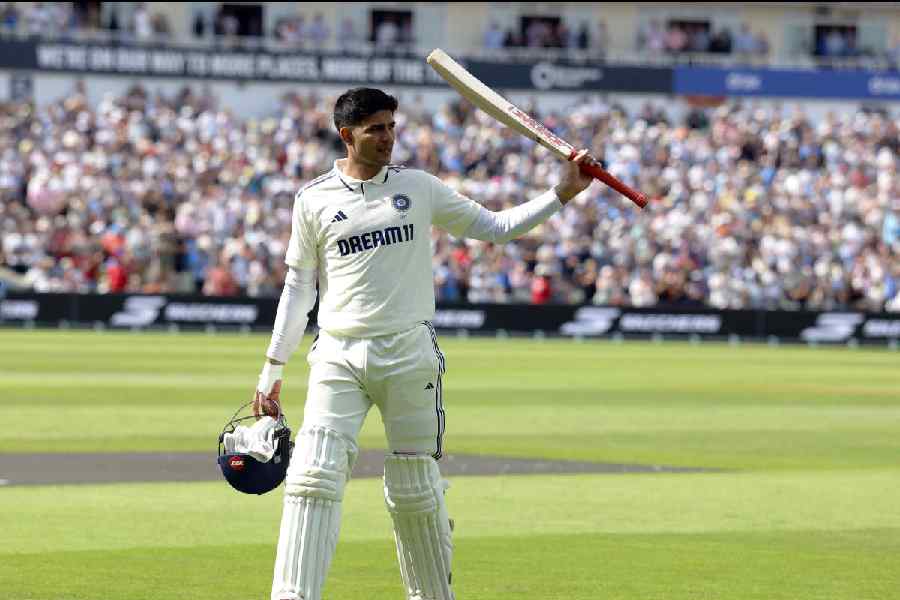 |
 |
| Arunabha Pal at home after his discharge from hospital. (below, circled): Barun Pal. Telegraph pictures |
It’s common knowledge that drivers who run over people on the road and are caught are let off lightly. But they make up less than half of those who drive and kill in Calcutta.
The majority of the killer drivers in the city remain “unidentified”. They disappear with their vehicles after a mishap.
But they can be caught if police try hard enough.
On an average, about 40 people are killed on the roads every month in Calcutta, more than half of them by unidentified vehicles.
The police records list as unidentified 235 drivers involved in 442 fatal mishaps in the city in 2006. The year before, 241 killer drivers were unidentified of the 484 who caused fatal accidents.
Many of them would have been brought to book had the police gone about their job, instead of passing the buck.
There are 12 closed-circuit television (CCTV) cameras installed at busy intersections in the city, where accidents, including fatal ones, are common. These were installed last year at a cost of Rs 20 lakh and are meant to be monitored from the police headquarters at Lalbazar.
But the officers at Lalbazar don’t keep an eye on the screen. If they did, the driver who killed 42-year-old Tapati Samrai on February 2 this year would not be roaming free.
Samrai was crossing the road at the Shyambazar five-point intersection when a private bus crushed her to death. The driver fled with the vehicle.
Had the officers been watching the CCTV monitors at Lalbazar — there are cameras installed at the crossing — the registration number of the bus could have been noted. Tracing it and arresting the driver would have only been a matter of time.
“Unfortunately, our CCTV cameras do not have recording facility. That is why someone has to watch the monitors round the clock, which does not always happen,” said the deputy commissioner of police (traffic), Manoj Verma.
The drivers can, of course, be caught without any help from CCTV. But here, too, the buck passes.
“Most of the hit-and-run vehicles remain untraced because of lack of coordination between the fatal squad team and the police stations,” said a senior officer of the traffic control room.
In the event of a mishap, the local police station registers a case. But if there is a death, the case is handed over to the fatal squad. When this happens, the police station concerned shows no interest in providing leads to the fatal squad or talking to witnesses. In the absence of leads, the vehicles remain untraced and the killer drivers go scot-free.
An example: On August 28, an unidentified boy was run over by a bus in Beniapukur. He later died. The case has been handed over to the fatal squad, which has very little information about the mishap.
“We had obtained a few numbers but I’m not sure whether they have been passed on to the fatal squad,” said an officer of Beniapukur police station.
The danger of this lack of coordination is apparent to other officers. “If guilty drivers are not caught, they become even more rash and bold,” stated the traffic control room officer.
“Communication between the fatal squad and police stations is a real problem,” admitted deputy commissioner Verma.





